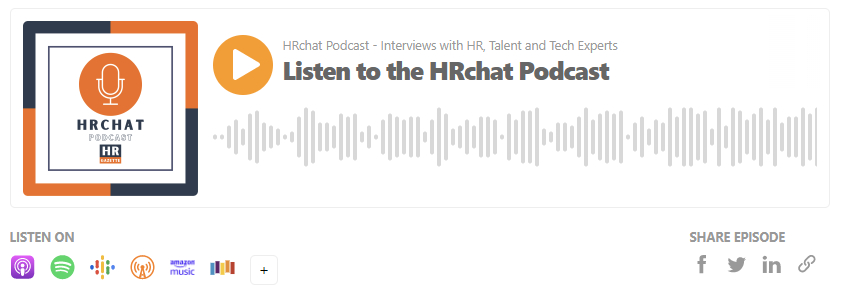
Implementing an effective DEI strategy relies on a deep understanding of your organization’s current position, the required steps for progress, and a reliable method for ongoing DEI metrics measurement.
In HRchat episode 786, we discuss why the numbers should determine leadership direction. In light of recent changes, we also consider if now is the time to double down on demonstrating the need for the DEI data.
My guest this time is Kristen Boyle, VP of Marketing at PeopleInsight by HireRoad, a leading people analytics solution. Kristen, joined the PeopleInsight by HireRoad team in January 2024 after serving as VP of Marketing at PandoLogic, B2B marketing lead for Amazon Ads, and climbing the marketing ranks at Indeed and Nielsen during peak growth periods. Kristen is a marketing strategist with a passion for insights-driven storytelling and leads the mission of telling HireRoad’s impressive story of growth and innovation.
Questions for Kristen include:
- PeopleInsight by HireRoad has seen big changes at the leadership level over the past 18 months. What are some of the challenges and opportunities that come with a fresh leadership team?
- You believe that “a data-driven strategy is no longer optional… Anyone who is in the throes of year-end reporting knows what I’m talking about”. What did you mean by that?
- In light of recent political decisions and the broader pullback on DEI efforts across industries, the urgency to back DEI initiatives with data has perhaps never been more critical. Why is NOT collecting (specifically) DEI data no longer an option? Can you share some ways PeopleInsight provides the DEI data that can correctly inform business decisions?
- What are some of the primary challenges your team has seen HR professionals face when adopting data-driven decision-making (and how does PeopleInsight help address them)?
- Why did HireRoad decide to publish The State of People Analytics 2025, and what do you hope readers will take away from it?
- The ebook mentions that only 22% of organizations rate their people analytics as “very effective.” What advice from the ebook would you offer to companies aiming to build a more robust data-driven HR function?

